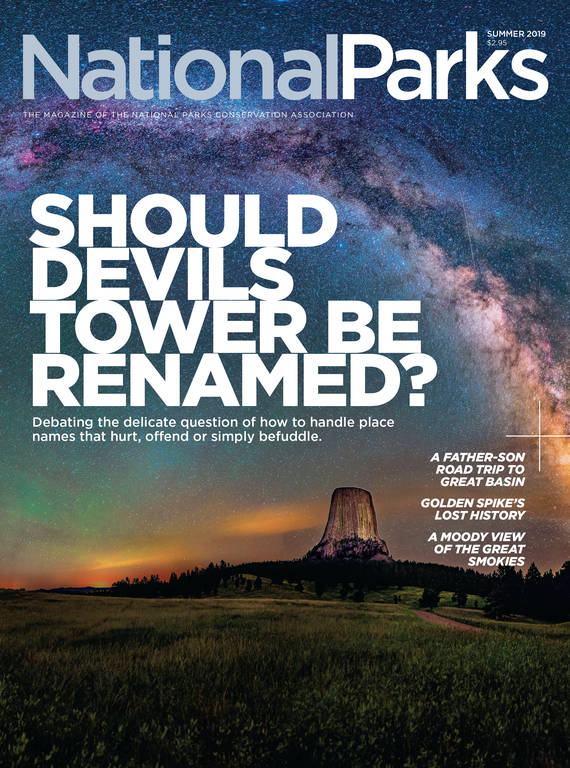Summer 2019
Our New Parks
A sweeping public lands law paves the way for the addition of Medgar and Myrlie Evers Home National Monument and Mill Springs Battlefield National Monument to the National Park System.
On January 19, 1862, more than 190 Union and Confederate soldiers died in the Battle of Mill Springs in Kentucky. Deadlier battles soon overshadowed what had happened that day, but it was the first decisive Union victory of the Civil War, and many history buffs consider it an important fight to study.
“It’s like a microcosm of the war,” said Bruce Burkett, the president of the board of the Mill Springs Battlefield Association, which currently manages the site. “Southerners fighting Southerners. Northerners fighting Southerners. Urban and rural. Brother against brother.”
Yet the battle isn’t well-known, and relatively few visitors travel to rural Kentucky to see the battlefield. That is about to change.
A GOOD DAY FOR CONSERVATIONISTS
Earlier this year, Mill Springs Battlefield National Monument was authorized in sweeping public lands legislation. The law also created Medgar and Myrlie Evers Home National Monument, which preserves the Mississippi house where the renowned civil rights activists lived with their children. Both sites will officially become part of the National Park System once the land is transferred to the National Park Service.
“The Mill Springs designation puts the spotlight on exactly how important the battle was to American history, and how important it is for Kentucky and the nation,” Burkett said. He expects the site’s new status to give the area a substantive economic boost, and in fact, the number of visitors has increased since President Donald Trump signed the bipartisan bill, he said.
In Mississippi, the Evers monument will be the state’s first national park site related to the civil rights movement. Medgar Evers served in World War II and went on to become a prominent civil rights activist. He organized voter registration drives and protests against segregation in the 1950s and ’60s and investigated Emmett Till’s murder for the NAACP. He was serving as the NAACP’s first field secretary for Mississippi when a white supremacist shot and killed him in his driveway in 1963. Myrlie Evers-Williams, now 86, worked alongside her husband starting in the 1950s and continued to work as a civil rights activist for decades after his death. (She changed her name after remarrying in 1976.)
Their former house, on a quiet street in Jackson, Mississippi, is open to visitors by appointment. It is owned by Tougaloo College.
“The Park Service can afford to take it and do things that the college couldn’t necessarily afford,” said Minnie Watson, the site’s sole staff member, who met Evers when she was a college freshman and gives tours of the home.

National Parks
You can read this and other stories about history, nature, culture, art, conservation, travel, science and more in National Parks magazine. Your tax-deductible membership donation of $25 or more entitles…
See more ›The Evers home sits on less than an acre of property. The Mill Springs Battlefield, which has barely changed since the Civil War, covers a much larger area — around 1,500 acres — and is owned by several entities including Mill Springs Battlefield Association and the American Battlefield Trust. It could take several years before all the land is turned over to the Park Service, said Bill Neikirk, who served as the board president of the association for 20 years.
If the Park Service hadn’t stepped in, the battlefield might have had to close to the public within a couple years because of shrinking funding, Neikirk said, adding that as longtime members of the organization move and grow older, the help from a new generation is critical. He was delighted when an enthusiastic 34-year-old agency employee recently stopped by the battlefield and spoke about his abiding interest in the Civil War. “There’s always someone at the Park Service who has the passion for protecting this land,” Neikirk said. “We’re very excited. You can put a hundred exclamation marks with that.”
About the author
-
 Rona Marech Editor-in-Chief
Rona Marech Editor-in-ChiefRona Marech is the editor-in-chief of National Parks, NPCA’s award-winning magazine. Formerly a staff writer at the Baltimore Sun and the San Francisco Chronicle, Rona joined NPCA in 2013.



